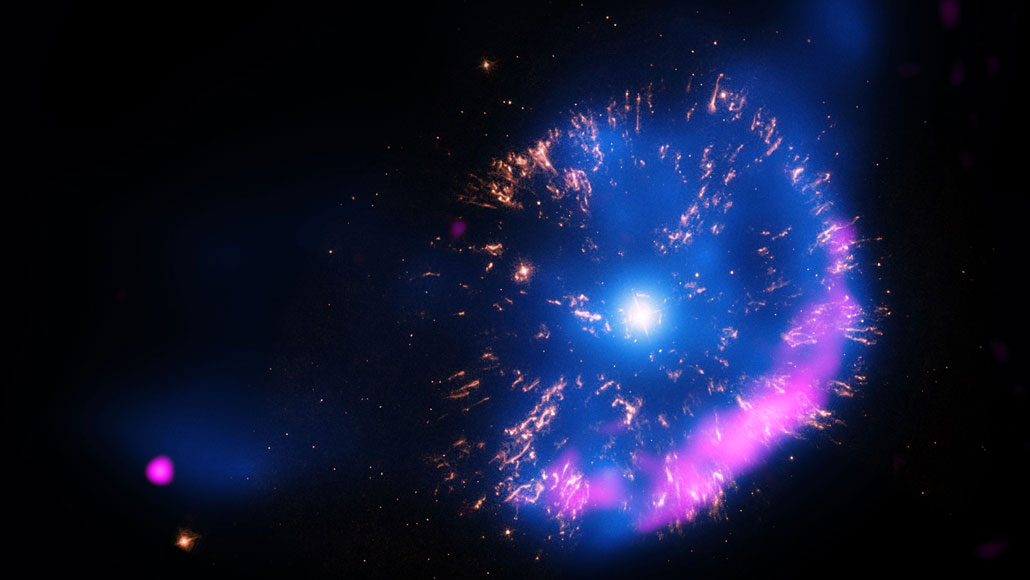HOME
The number of Milky Way nova explosions per year has been pinned down

Each year, astronomers discover nova explosions in the Milky Way that cause dim stars to flare up and emit far more light than the sun before they fade again. But our galaxy is so big and dusty that no one knows how many of these eruptions occur throughout its vast domain, where they fling newly minted chemical elements into space.
Now, by detecting the explosions’ infrared light, which penetrates dust better than visible light does, Caltech astronomer Kishalay De and his colleagues have estimated how often these outbursts occur in the Milky Way. Knowing the nova rate is vital for determining how much these explosions have contributed to the galaxy’s chemical makeup by creating new elements.
The updated tally puts the rate at 46, give or take 13, a year, the team reports January 11 at arXiv.org. Past estimates of the nova rate have ranged from just 10 a year to 300.
A nova arises from a binary star — two stars circling each other. One is a white dwarf, a dense star that’s about as small as Earth but approximately as massive as the sun. After the white dwarf receives gas from its companion, the gas explodes, making the dim star shine brilliantly. The nova does not destroy the star, unlike a supernova, which marks a star’s death.
News Source